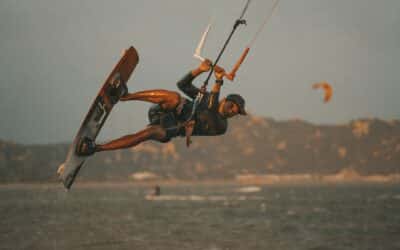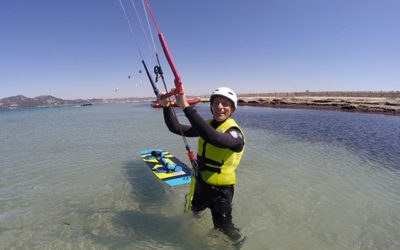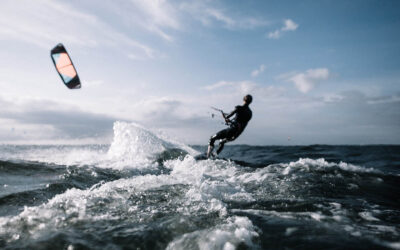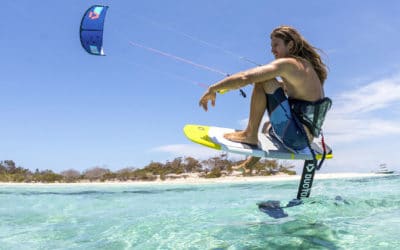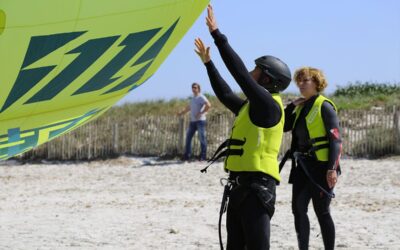10 tips for maintaining your kitesurfing equipment
Kitesurfing is an extreme sport that requires very little equipment. However, in order to be able to practice it for a long time and in good conditions, it is essential to maintain it well since, as it is practiced in salt water, the equipment can quickly get damaged. Here are 10 tips on how to maintain your equipment and enjoy this thrilling sport all year round.
Choose quality equipment
In order to have durable equipment, it is essential to turn to quality kitesurfing brands that have proven their worth to the best. If kitesurfing schools such as the KGG in Hyères les Palmiers, in the Var, recommend DUOTONE and ION for your equipment, it’s because they are specialist kitesurfing brands whose products are perfectly adapted to last longer.
Wash your equipment well
Kitesurfing is an aquatic sport that is practiced in salt water most of the time. Salt, if not removed, can cause considerable damage. The only way to avoid this is to clean your equipment thoroughly with clean water. If possible, it is best to let it air dry. If not, remove the water with a soft terry towel.
Rinsing your sail?
Some people will tell you that there is no point in rinsing your sail as the salt protects it from mould and fungus if you roll it up when it is not dry. However, if a minimum of salt is not disturbing in itself, not rinsing your sail with clean water from time to time is a bad habit which, in the long run, can seriously damage it.
Check the general condition and pressure of the sail
Maintaining your equipment requires a general check of all the components. The wing is one of the main ones as it is the one that allows the take-off and the ride. Inflate it and remember to regularly check the seams, the battens, the wear of the lines, the pulleys and the valves. Finally, measure the pressure of your wing with a nanometer to detect any leaks that need repairing.
Packing your wing correctly
Before storing your wing, let it dry completely and then fold it as instructed by the manufacturer. Slip it into its carry bag. This will prevent damage to the wing during the journey.
Check the condition of your safety equipment
Your safety equipment is what can potentially save your life in the event of a kiteboarding accident. Here, the helmet should be checked after each session, even if you have not had a shock. A cracked helmet may not do its job in the event of an accident. Also, remember to tighten the strap if necessary.
Check the board
The board is in almost constant contact with sea water. It is therefore necessary to rinse it thoroughly each time to keep it in good condition. In addition, regularly check the screws of the fins, the pad-straps and the handle. If you find any scratches, you can repair them yourself with a dedicated kit or take it to a professional.
Remember to check your harness
The harness has two functions: it secures you to the wing and it has a safety function. If the buckle has rust on it, it is strongly advised to change it. After your session, soak your harness for a good hour in clean water before drying it. This will delay the onset of rust.
Do not neglect your wetsuit
Neoprene wetsuits should be rinsed with clear, cold water after each training session. Salt can break it down and hot water can loosen the seams. Next, dry it flat or on the back of a chair, but never on a hanger or, even worse, near a radiator. Finally, check for holes or tears.
Untie knots in the lines
Lines are held to the bar and can sometimes get tangled, and each knot reduces the strength of the line by two. To untie knots, soak your line in water and then freeze it for an hour. Tap the knot lightly with a hammer and repeat the operation if necessary.
Maintaining your kitesurfing equipment correctly is essential for the life of your equipment, but also for your safety.
Search
Catégories
Recent Posts
Suivez-nous !


